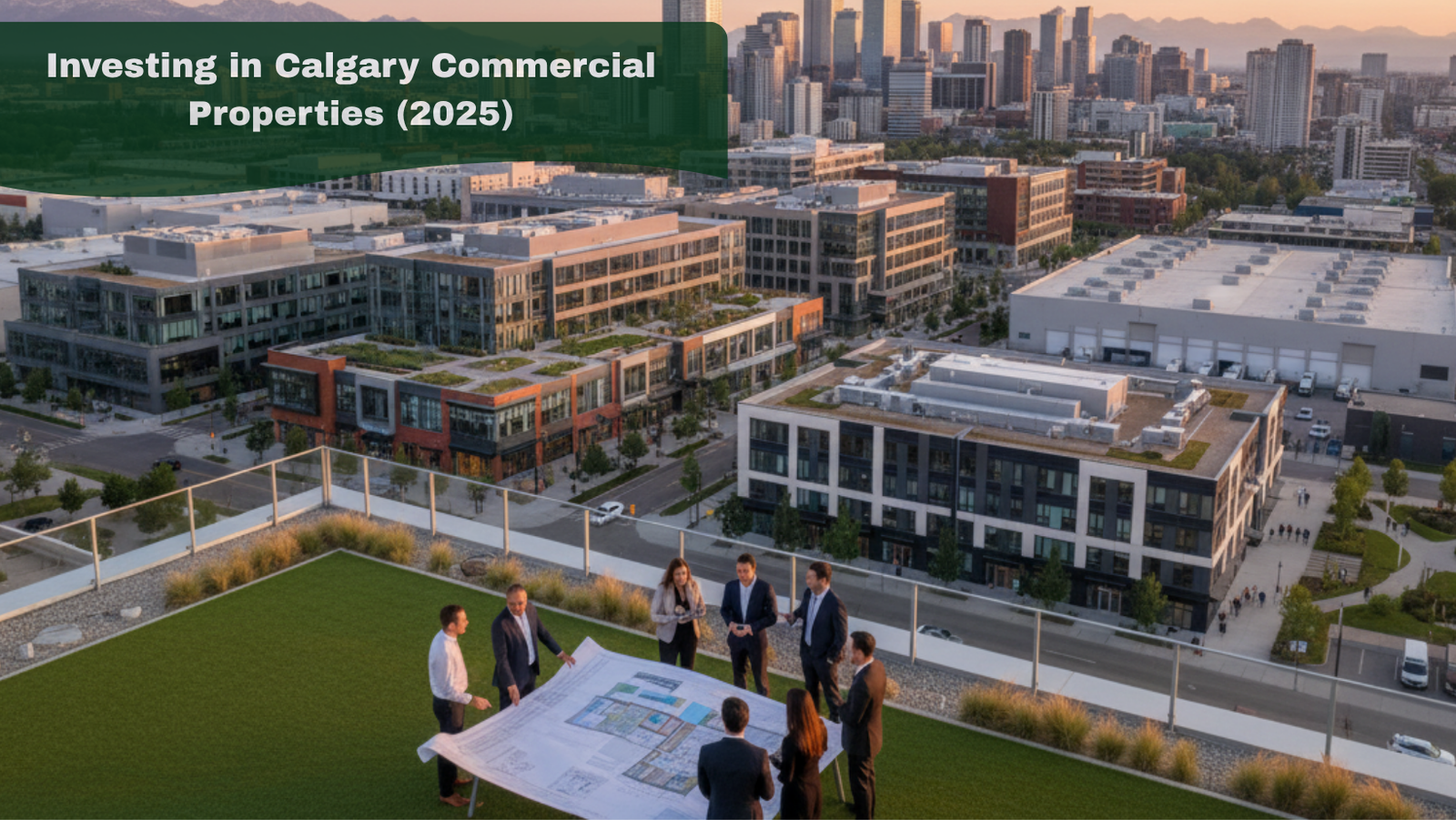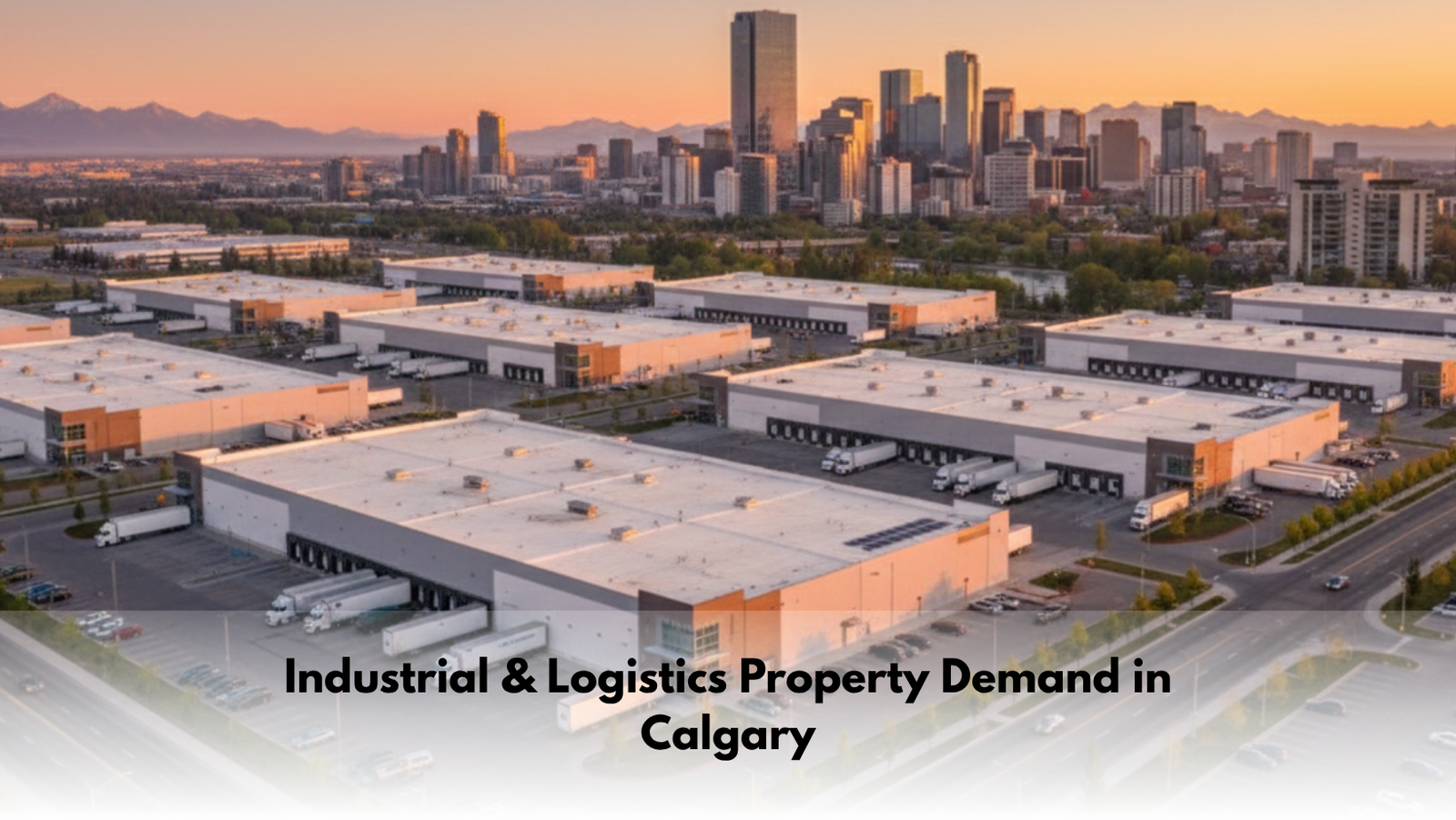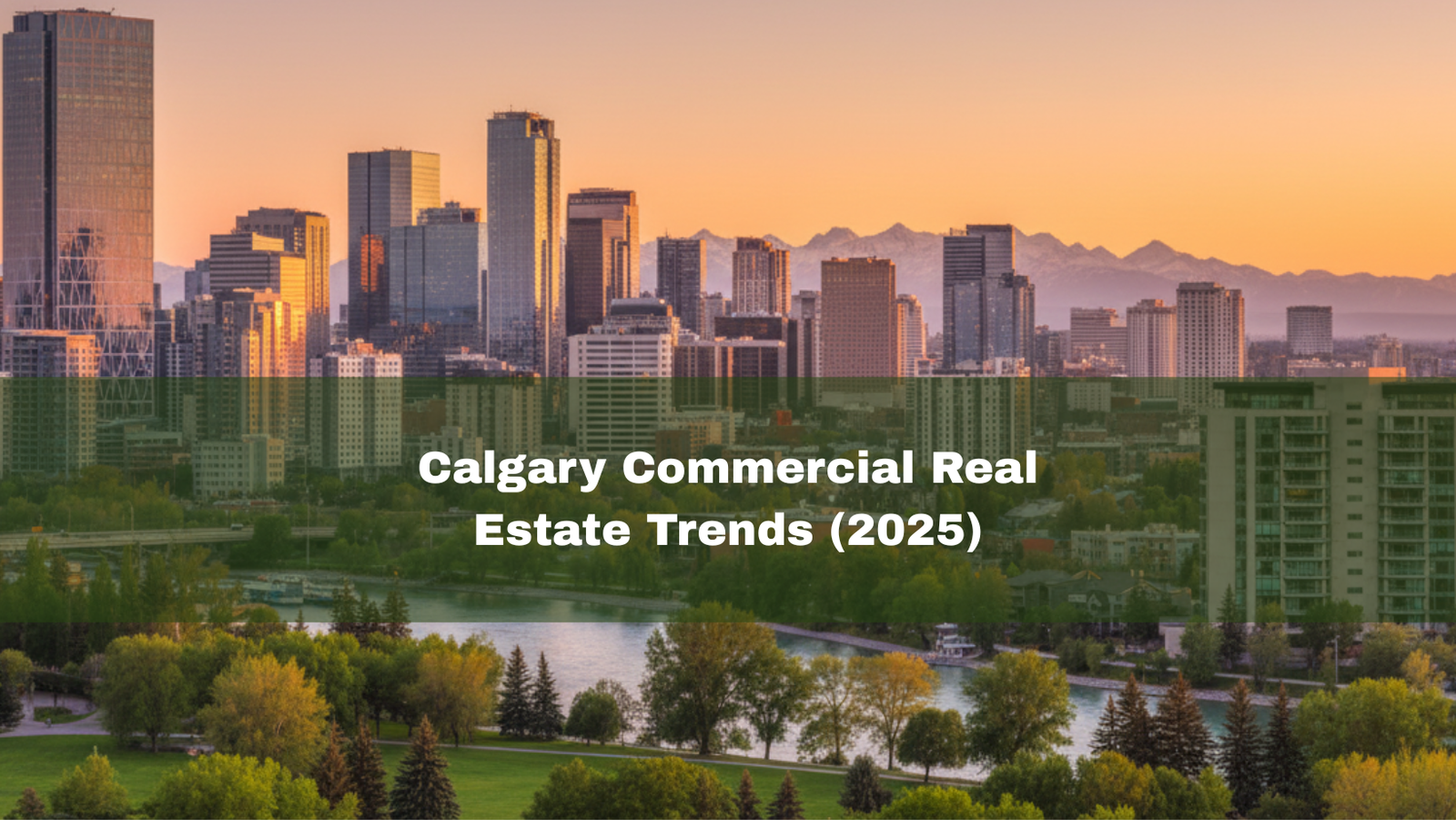Ever wondered how you can future-proof your home right here in the heart of Calgary — blending style, comfort and smart investment so that it truly stands out in 2025 and beyond? Stay with me, because in this blog you’ll uncover exactly what the 2025 home design & renovation trends for Calgary are — and I promise you’ll walk away with fresh ideas you can apply (or at least start planning) in your own house or investment property.
Why Calgary is a unique market for renovation
In brief: Calgary isn’t just any city. We’ve got short, sharp winters, big sky summers, and a housing market that’s evolving fast. So when we talk about Calgary home renovation trends 2025, we’re talking about design and upgrades that respond to our climate, our buyer demographics, and our local real-estate realities.
For example:
- With rising interest rates and tighter inventory, many homeowners are choosing renovation over relocation.
- The need for resilience (weather, energy efficiency) is stronger than ever in Calgary’s housing.
- Buyers in Calgary increasingly expect homes that not only look good, but live well — flexible spaces, sustainability, style.
So if you’re thinking “What’s worth renovating now? What will matter in five years? What will make my home stand out in Calgary’s market?” — this blog is made for you.
Top Trend #1 – Multi-functional & future-proof spaces
One of the biggest shifts in Calgary home renovation trends 2025 is moving away from one-purpose rooms to spaces that adapt as your life does.
Why flexible rooms matter
Families grow, kids move out, perhaps you start working from home — your home needs to bend with you. According to local insight: multi-functional spaces are front and centre.
How to implement in Calgary homes
Here are some ideas:
- A home office that can fold into a guest bedroom (think Murphy bed + built-in storage).
- Kitchen islands with charging stations, hidden pet-feeding stations, and workspace zones.
- Basement conversions: Instead of empty storage, you create a legal basement suite, or an entertainment hub, or a shared space for multigenerational living.
- Open floor plans with zones rather than closed rooms — so living, dining, play, and work can flow together yet retain identity.
Why this matters in Calgary: With frequent changes in lifestyle (remote work, flexible living), having rooms that adapt adds value, avoids “now it’s nice but in two years I’ll need something else” regret, and helps your home remain competitive when you sell.
Top Trend #2 – Sustainable & climate-resilient upgrades
In a city like Calgary, where weather extremes and energy costs matter, the Calgary home renovation trends 2025 heavily lean toward energy efficiency, sustainable materials, and resilience.
What’s trending
- Use of natural, sustainable materials: wood, bamboo, recycled stone, warm neutral colours, textures that bring nature inside.
- Energy-efficient systems: smart thermostats, upgraded insulation, windows, improved HVAC, even solar-ready setups.
- Exterior upgrades: siding, roofing, materials that stand up to hail, wind, extremes. Some Calgary-specific trend reports highlight “exterior armour against Alberta’s elements.”
Practical tips for Calgary homeowners
- If your house is more than 15-20 years old, check the insulation, windows, and HVAC: big returns for comfort and resale.
- Choose materials that handle the “Sun in summer/hail & cold in winter” combo we get in Calgary.
- Consider sustainability when picking finishes: for example, reclaimed wood flooring, low-VOC paints.
- For exterior: think about impact-resistant roofing or siding if in hail-prone suburbs.
And a friendly note: Doing sustainable upgrades isn’t just “nice to have” — in Calgary today it can be smart investment. Buyers are paying attention to utility costs, longevity and durability.
Top Trend #3 – Kitchen & bathroom upgrade boom
If you want maximum impact for your renovation dollars in Calgary in 2025, the kitchen and bathroom are still where the action is.
Kitchen trends
- Open-plan kitchens continue to dominate: big islands, multifunctional appliances, strong workflow.
- Durable surfaces that can handle Calgary’s climate: quartz countertops, induction cooktops (eco-friendly + efficient).
- Smart and hidden features: under-counter lighting, built-in charging stations, pet-friendly zones.
- Blending in style: Deeper wood tones, statement greenery, textured materials are trending.
Bathroom trends
- Spa-like bathrooms — freestanding tubs, steam showers, heated floors. Canadian homeowners are seeking these features.
- Wellness and accessibility: curbless showers, wide entrances, good lighting. Especially relevant if you plan to stay in your home long-term or appeal to older buyers.
- Smart fixtures: touchless faucets, smart mirrors, efficient lighting.
What this means for Calgary homes
- Kitchens and bathrooms often deliver the best return on investment and connect emotionally (“this is the room I love”).
- For resale: buyers in Calgary expect modern, well-designed kitchens and bathrooms — older homes without updates can struggle.
- If you’re doing this with a view to selling: don’t over-customize so much that the next buyer finds it weird. That’s one of the cautions for 2025.
Top Trend #4 – Outdoor living & curb appeal for Calgary
Don’t think outdoor spaces are secondary — in Calgary, given our summers (and spring/fall) you’ll want an outdoor space that works. The theme: blend indoor × outdoor, make the outdoors usable year-round, boost curb appeal.
Outdoor upgrades to watch
- Covered outdoor kitchens, decks with heaters, smart lighting systems — Calgary’s weather demands more than just “a patio”.
- Landscaping with native plants, drought-resistant species, artificial turf that still looks good. Less maintenance.
- Exterior upgrades that show durability: insulated siding, impact-resistant roofing, modern windows.
- Front-yard curb appeal counts: first impressions matter — for you and for resale.
Why this is especially relevant in Calgary
With our short winters and outdoor-loving culture, you’ll pick up extra enjoyment (and value) from a space you want to use, not one that sits unused until spring. And as a top Calgary real estate agent I’ve seen how a house with good exterior/entrance/outdoor space often stands out in Calgary’s market.
Top Trend #5 – Smart homes, wellness & personalisation
Finally, a big chunk of the Calgary home design trends 2025 revolve around technology, wellness, and making your home you. Not cookie-cutter.
Wellness-centred design
- Biophilic design — bringing nature inside: large windows, green walls, natural textures.
- Spaces for wellness: home gyms, meditation zones, spa bathrooms.
- Improved indoor air quality, non-toxic finishes — especially meaningful in newer builds or renovations.
Smart technology
- Smart thermostats, smart lighting, home automation — control comfort, energy, convenience.
- Flexible work-from-home zones: home offices that adapt to guest rooms, or pods outside. According to 2025 Calgary trends, the “disappearing home office” is a thing.
- Storage & tech integration: hidden charging stations, built-in speakers, seamless design.
Personalisation without over-customising
Here’s where caution kicks in: you want your home to reflect you, but for resale-value you also want to keep it appealing to the next person. According to recent expert commentary:
“Focus on warmth, light, and natural textures… …skip floating vanities without storage.”
So: Choose personalised finishes, but also practical ones.
What’s not worth chasing (so you don’t regret later)
Because yes — trends are great, but some fad-trends already signal caution in 2025.
- All-black & white everywhere (monochrome) can feel cold and hard to live in.
- Over-the-top custom features that only you understand might turn off future buyers (and limit flexibility).
- Trendy items without functionality — e.g., floating vanity with no storage.
- Ignoring durability or weather-relevance (especially in Calgary’s climate) — you may regret that when a hailstorm hits or utilities spike.
Bottom line: Choose features that are stylish and smart. Design for today, but build for tomorrow.
Why this all matters for your home in Calgary — and your wallet
- Homes updated with these renovation ideas Calgary 2025 are more appealing when you sell — buyers in Calgary are watching for modern, resilient, flexible homes.
- You’ll live better: Less maintenance, better comfort, more usable space, less “oh-we-need-to-move again”.
- Potentially better ROI: Investing in the right upgrades (kitchen, bath, basement, exterior) often pays off more than cosmetic tweaks.
- The market is moving quickly: What looks great today might feel dated in a couple of years — so aligning with the 2025 trends gives you a head start.
As someone who lives, breathes and sells real estate in Calgary, I can tell you this: Homes that check the box for “looks great now” and “works great in 10 years” are the winners. When you focus your renovation around strong, practical trends — 2025 home design & renovation trends for Calgary — you don’t just build for today’s Instagram photo, you build for tomorrow’s value.
So what’s your next step? Look around your home today. What’s the one space you’d most love to improve? Turn that into your priority. Keep one eye on resale, the other on your lifestyle. And don’t be afraid to talk to a pro who knows the Calgary market, who understands both design and value.
If you ever want a chat — whether you’re thinking full-scale renovation or just one smart upgrade — let’s connect. Your home in Calgary deserves to be a space that works for you and for the future.










